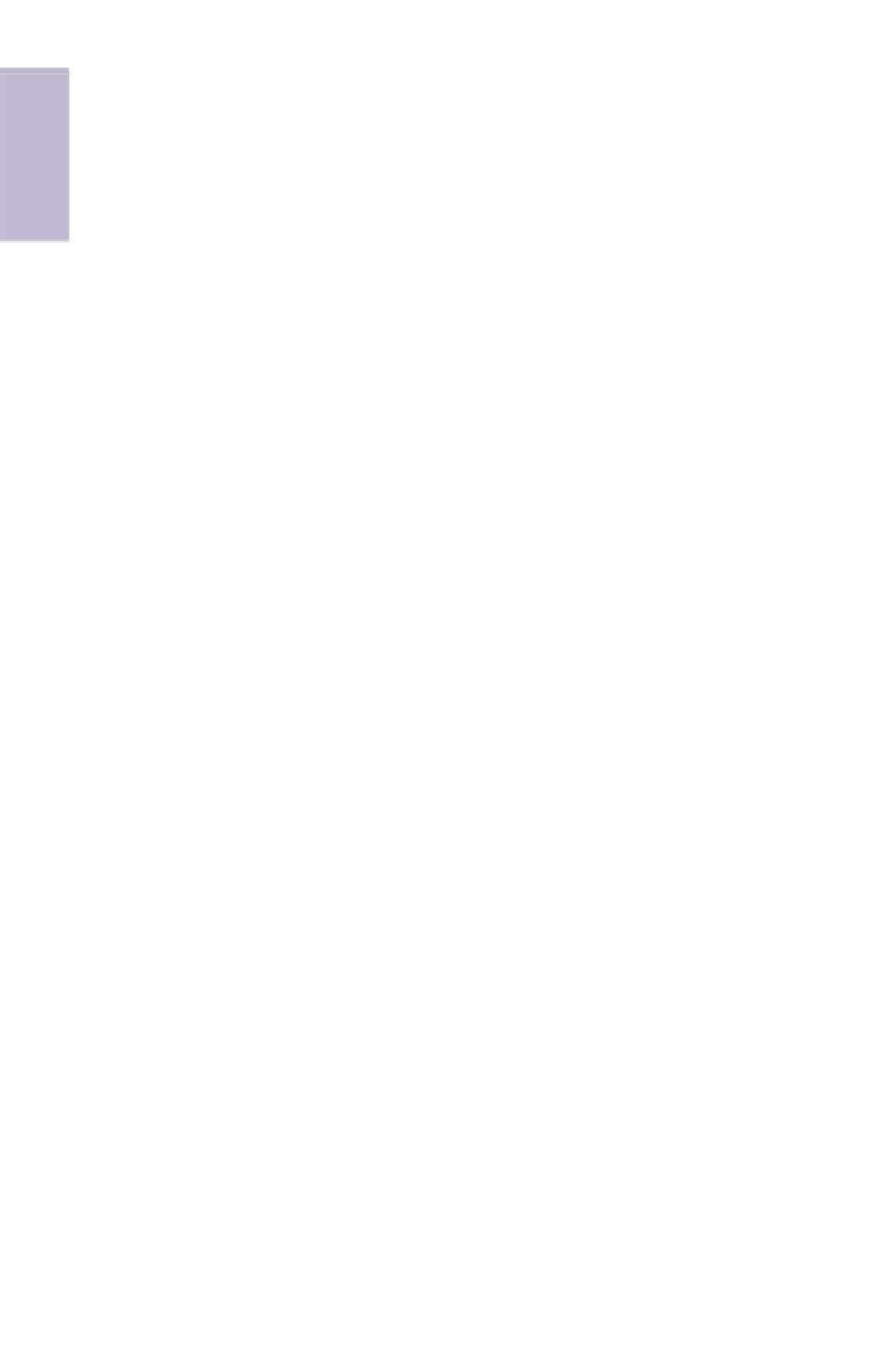Travel Reference
In-Depth Information
5
Kunstbibliothek
Mon-Fri 10am-6pm, Sat & Sun 11am-6pm • €6, €12 with Bereichskarte (see p.98) •
W
smb.museum • U- & S-Potsdamer Platz
With 350,000 volumes and more than 1300 international periodicals, the
Kunstbibliothek
(Art Library), next to the Gemäldegalerie, is a gigantic resource for those with an interest
in art, photography and graphic design. he library also has its own galleries for temporary
exhibitions, which are almost always worth at least a quick look.
Matthäuskirche
Tues-Sun noon-6pm • Free • U- & S-Potsdamer Platz
he clear odd man out in the Kulturforum is the brick neo-Romanesque
Matthäuskirche
(Matthias Church), built between 1844 and 1846 and the only survivor of the war in the
area. It now houses temporary exhibitions and you can climb the tower for aerial views of
the other, far more modern and angular, Kulturforum buildings.
Neue Nationalgalerie
Tues, Wed & Fri 10am-6pm, Thurs 10am-8pm, Sat & Sun 11am-6pm • €10, €12 with Bereichskarte (see p.98) •
W
smb.museum •
U- & S-Potsdamer Platz
By far the Kulturforum's finest building - architecturally speaking - is the
Neue
Nationalgalerie
, behind the Matthäuskirche.
A black-rimmed glass box, with a ceiling
that seems almost suspended above the ground, it was designed by Mies van der Rohe
in 1965, and has a clarity of line and detail with all the intelligent simplicity of the
Parthenon. he upper section is used for temporary exhibits, often of contemporary art,
while the underground galleries contain paintings from the beginning of the twentieth
century onwards. Included among the permanent collection are the paintings of the
“Brücke” group, such as Ernst Kirchner and Karl Schmidt-Rottluff.
Kirchner
spent time
in Berlin before World War I, and his
Potsdamer Platz
dates from 1914, though given
the drastic changes to it since then it might as well be in another country instead of just
down the road. he galleries move on to the portraits and Berlin cityscapes of
Grosz
and
Dix
, notably Grosz's
Gray Day
and Dix's
Maler Family
. Cubism is represented by work
from
Braque
,
Gris
and
Picasso
, though the latter is seen in greater number and to better
effect in the Berggruen Collection in Charlottenburg (see p.156). here are also pieces
by Klee, Max Beckmann and Lyonel Feininger, among others.
The diplomatic district
Immediately west of the Kulturforum is an area once filled by ostentatious residences:
fine villas with long, narrow gardens overlooking the Tiergarten, before the Nazis
forcibly acquired them to generate a
diplomatic district
, with many of the best plots
going to close allies like Japan, Italy and Spain. he war saw most of the district
destroyed, and while the West German government was in Bonn, few countries made
much of their plots. But with the government back in Berlin many re-established their
presence here, in preference to their East Berlin embassies, producing another of
Berlin's stimulating showcases of modern architecture. It's best admired by walking
along Tiergartenstrasse - which conveniently lines the way to the
Bauhaus Archive
.
Gedenkstätte Deutscher Widerstand
Stauffenbergstr. 13-14 • Mon-Wed & Fri 9am-6pm, Thurs 9am-8pm, Sat & Sun 10am-6pm • Free •
W
gdw-berlin.de • U-Mendelssohn-
Bartholdy-Park
Along the eastern edge of the diplomatic district is Stauffenbergstrasse, which takes its
name from Count Claus Schenk von Stauffenberg, one of the instigators of the July
Bomb Plot (see box, p.100). Here stands the
Bendlerblock
,
once the home to
the Wehrmacht headquarters - where Stauffenberg was chief of staff - and now the
German Defence Ministry.
































































